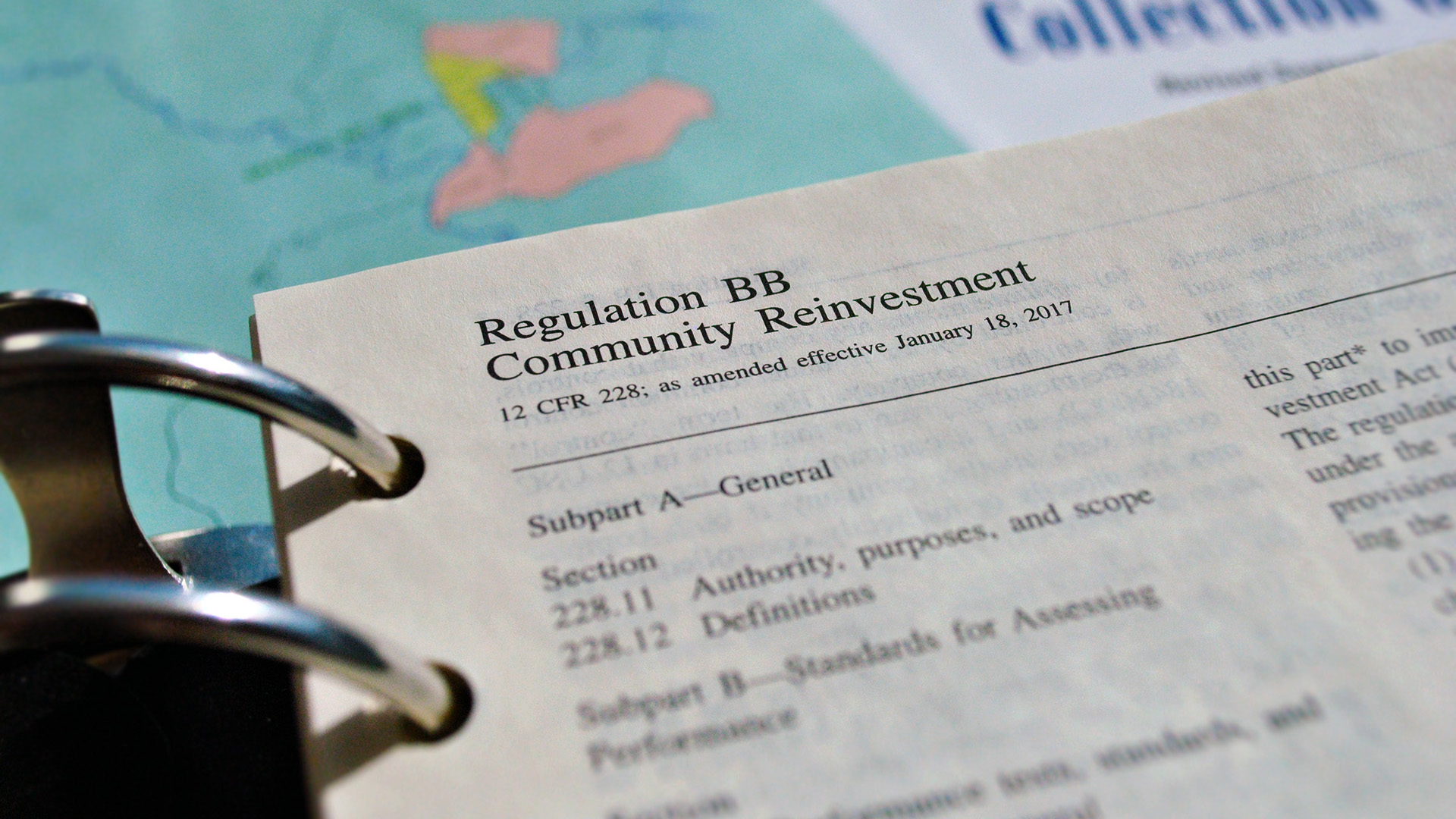Every bank subject to the CRA has a defined assessment area. The assessment area typically encompasses the geographic area that can reasonably be served by each of a bank’s locations, including its main office, any branches, and deposit-taking ATMs. It also usually includes the surrounding areas in which the bank originated or purchased a substantial portion of its loans.
The bank’s defining of its assessment area(s) must be in compliance with many technical requirements. Assessment areas are either in a metropolitan statistical area (MSA) or metropolitan division (MD) or not, which is a key factor in determining how to categorize the assessment area’s constituent parts by income level. All assessment areas are made up of whole census tracts, which are determined by the U.S. Census Bureau.
Once the bank defines its assessment area(s), it is possible to determine the parts of its assessment area(s) and the borrowers that are low- and moderate-income (LMI) for purposes of the CRA. While descriptors like “working poor” or “middle class” can be terms of art when used by policymakers and advocates, LMI identifiers for the CRA are fairly cut-and-dry.
LMI census tracts are identifiable by calculating a census tract’s median family income relative to either an MSA or MD median family income or a statewide nonmetropolitan area median family income. Since the U.S. Census Bureau collects data on median family incomes at the tract level, CRA examiners can create maps showing each census tract’s median family income in relation to the relevant area’s median family income. A borrower’s income level is also classified relative to an MSA, MD, or statewide nonmetropolitan median family income. The following table shows the technical definitions for classifying a census tract or borrower as low, moderate, middle, or upper income:
| Descriptor | Percentage of Relevant Area’s Median Family Income |
|---|---|
| Low | <50 |
| Moderate | 50 to <80 |
| Middle | 80 to <120 |
| Upper | ≥120 |
When a bank has an assessment area in an MSA or MD, the income classification for a census tract or borrower is defined relative to the MSA or MD median family income. If a bank has an assessment area outside of an MSA or MD, a tract’s or borrower’s classification is determined relative to the statewide nonmetropolitan area median family income. Classifications of census tracts change periodically based on updated census data and changes to MSA and MD designations. Classifications of borrowers are based on median family income that could potentially change annually.
Different MSAs, MDs, and state nonmetropolitan areas can have very different median family incomes. The tables below show the ranges of median family incomes in the Ninth Federal Reserve District in 2017, both at the statewide nonmetropolitan area level and for a sampling of MSAs. The tables below also show the income ranges that would result in a borrower being classified as moderate-income for 2017, using the estimated 2017 median family income for the relevant MSA or statewide nonmetropolitan area.
Ranges of Median Incomes in the Ninth Federal Reserve District, 2017
| Metropolitan Statistical Area/Metropolitan Division | Estimated 2017 Area Median Income | Moderate-Income Range |
|---|---|---|
| Minneapolis -St. Paul-Bloomington, Minnesota-Wisconsin | $89,800 | $44,900–$71,840 |
| Bismarck, North Dakota | $82,000 | $41,000–$65,600 |
| Sioux Falls, South Dakota | $76,800 | $38,400–$61,440 |
| Missoula, Montana | $71,200 | $35,600–$56,960 |
| Eau Claire, Wisconsin | $67,400 | $33,700–$53,920 |
| State | Estimated 2017 Non-Metro Median Family Income | Moderate-Income Range |
|---|---|---|
| North Dakota | $78,800 | $39,400–$63,040 |
| Minnesota | $65,300 | $32,650–$52,240 |
| South Dakota | $64,700 | $32,350–$51,760 |
| Wisconsin | $62,600 | $31,300–$50,080 |
| Montana | $60,500 | $30,250–$48,400 |
| Michigan | $55,800 | $27,900–$44,640 |
|
Sources: FFIEC (Federal Financial Institutions Examination Council) Geocoding/Mapping System; U.S. Department of Housing and Urban Development Notice PDR-2017-01. |
||






